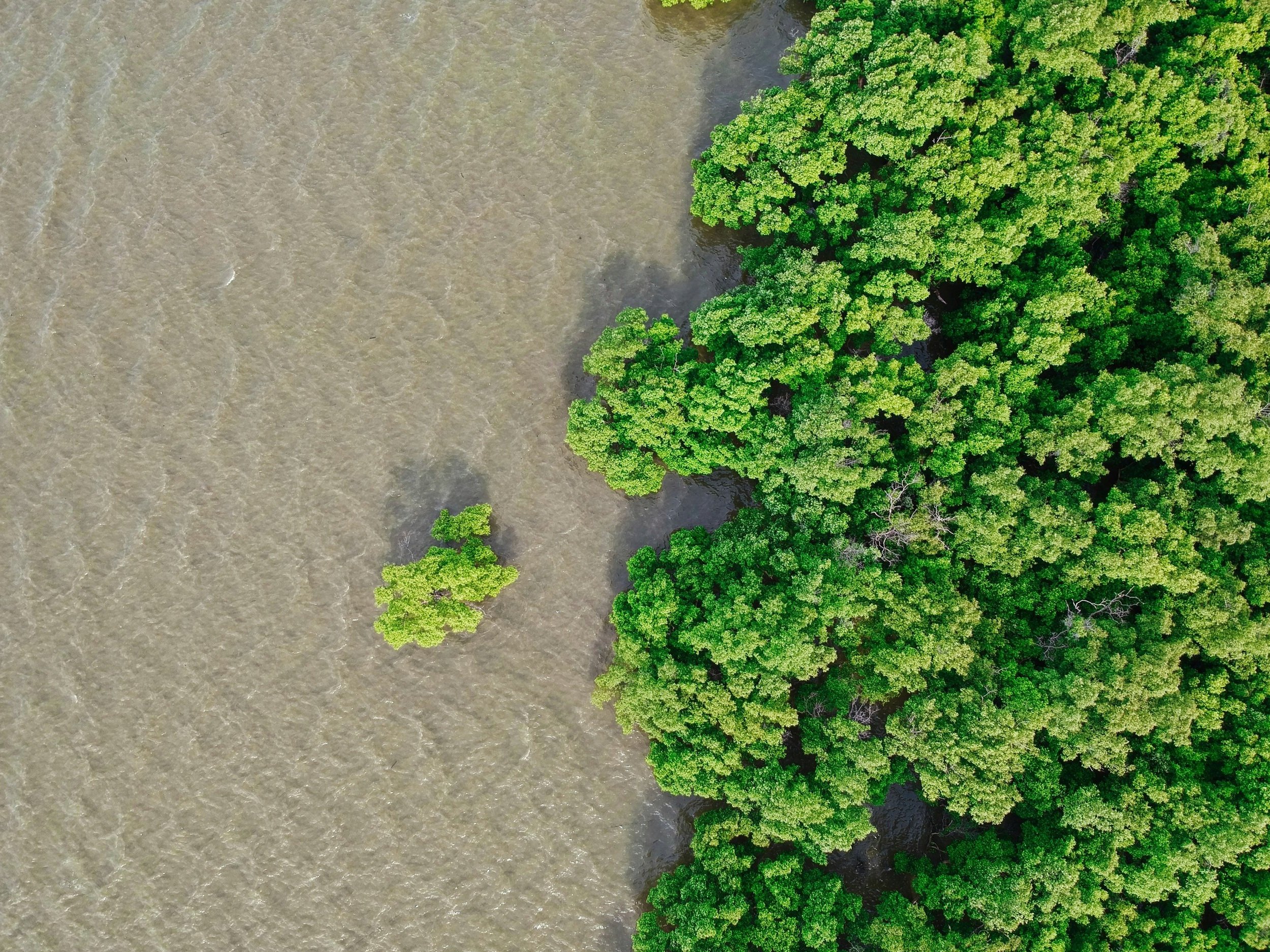
Global Carbon Credit Development
The goal behind the Global Carbon Credit Development (GCCD) strategy is to promote climate change mitigation efforts through sustainable solutions.

THE STRATEGY
We preserve or reforest large tracts of land from industrial or agricultural degradation, including replanting mangroves in deforested areas, that can produce high-quality verified carbon credits (VCCs) for the voluntary market.
The GCCF strategy not only provides opportunity for corporate emission offsetting, it aims to provide investors with competitive returns while creating a positive environmental and social impact around the globe.
The Opportunity
The carbon market is rapidly growing and is projected to achieve tremendous and sustained growth through 2050 and beyond offering an enormous opportunity for sustainable investment. Our focus regions of South East Asia and Latin America have vast and diverse natural resources such as forests, jungles, and mangroves. These offer significant potential for nature-based carbon projects, preservation of biodiversity, and social impact that can stabilize environmental degradation and socioeconomic divides.
Public scrutiny of corporate use of credits instead of decarbonizing their operations has reenforced the need for high-quality credits that credibly reduce the emission of carbon dioxide into the atmosphere or remove carbon dioxide from the atmosphere and can thus command premium pricing.
Investment Approach
We identify and develop nature-based carbon projects that can generate VCCs, with the goal of strategically selecting projects that have positive benefits for the global climate as well as positive social and environmental benefits for local communities.
Our investment approach emphasizes:
Project origination - we seek to identify potential projects that have a high likelihood of generating carbon credits using the verified carbon standard with a proven and repeatable due diligence process.
Project development - develop identified projects with a focus on effective project design, maximizing verified carbon unit production, and efficient monitoring processes.
Carbon credit certification - third-party certification through VERRA, or other high-quality third party certifiers, that seek to ensure VCCs.

Our focus on VCCs serves to mitigate reputational risks. Through deep due-diligence and years of experience we seek to ensure that our projects’ carbon credits will, at a minimum, meet the following quality criteria:
Additionality: a carbon credit needs to represent a real, quantifiable reduction in emission or removal of a ton of carbon dioxide that would not have occurred without the incentive created by carbon credit revenue
Permanence: the reduction or removal should be as nearly permanent as possible to minimize the risk of being reversed and the positive impact being neutralized
No harm: the underlying activity should not contribute to social or environmental harm, and instead should have significant co-benefits, such as increasing biodiversity or alleviating poverty in local regions.
Project Experience
AFRICA
-
-
-
Entooma Sidai Project - A Maasai Mara Rangeland Restoration and Conservation Project (in development)
-
-
-
Namwala REDD+ Project: A Community-Based Forest Conservation Project Feasibility Study
ASIA
-
Central Kalimantan Peatland Rewetting Project (in development)
Pesisir Biru Nusantara: An Indonesian Mangrove Restoration Project (in development)
-
Giant Asper Bamboo in Mindanao: A Carbon Offset Feasibility Study
SOUTH AMERICA
-
Envira Amazonia Project: A Tropical Forest Conservation Project in Acre
Purus Project: A Tropical Forest Conservation Project in Acre
Reflorestamento de Impacto no Brasil Project
Russas Project: A Tropical Forest Conservation Project in Acre
Valparaiso Project: A Tropical Forest Conservation Project in Acre
-
-
-



